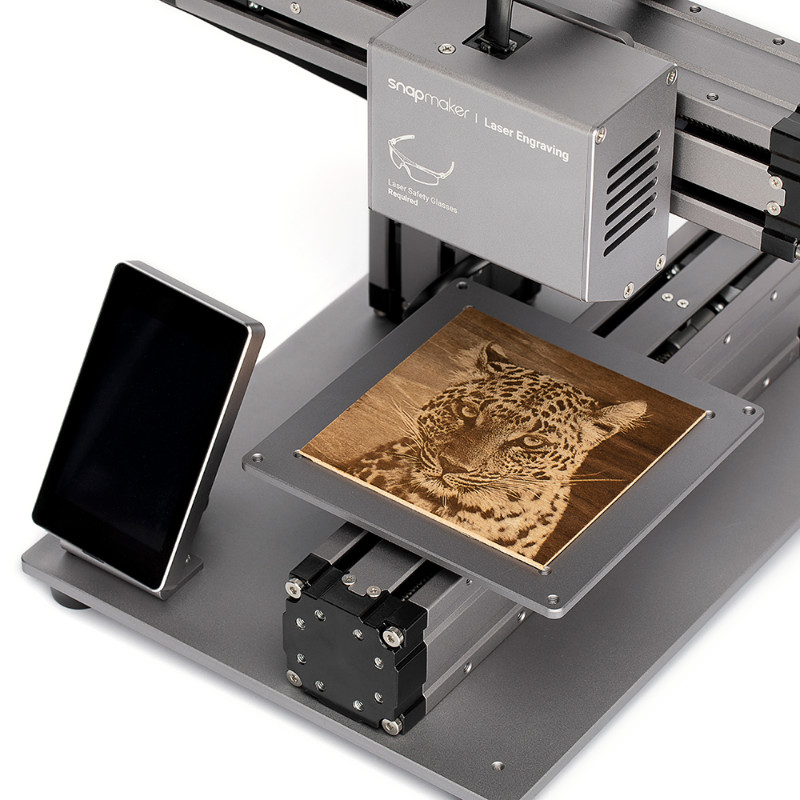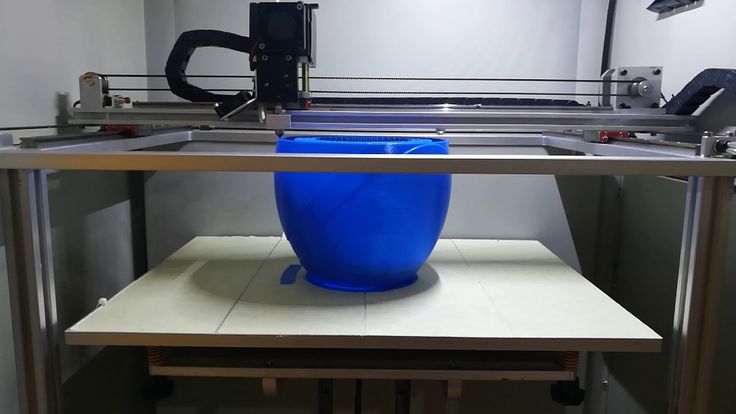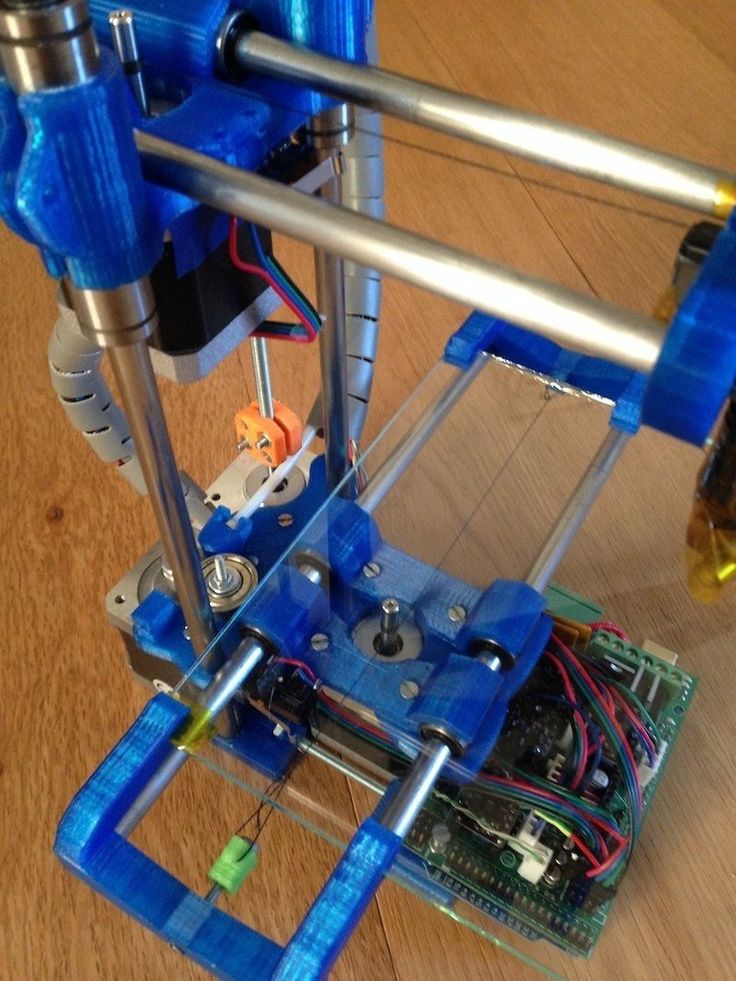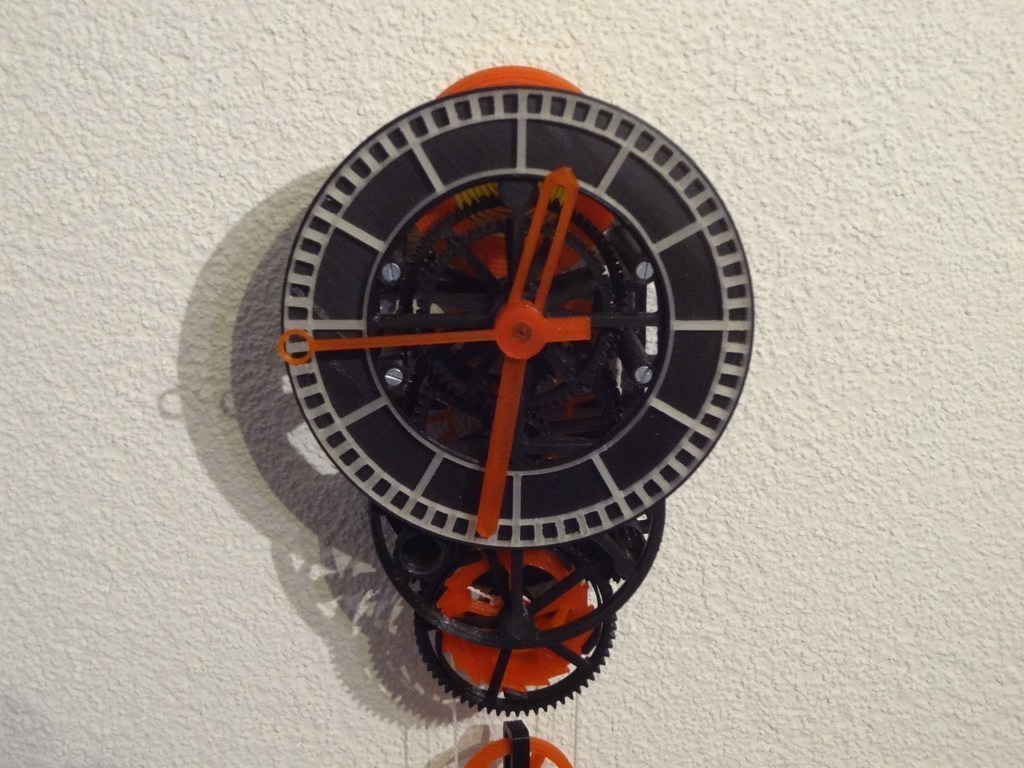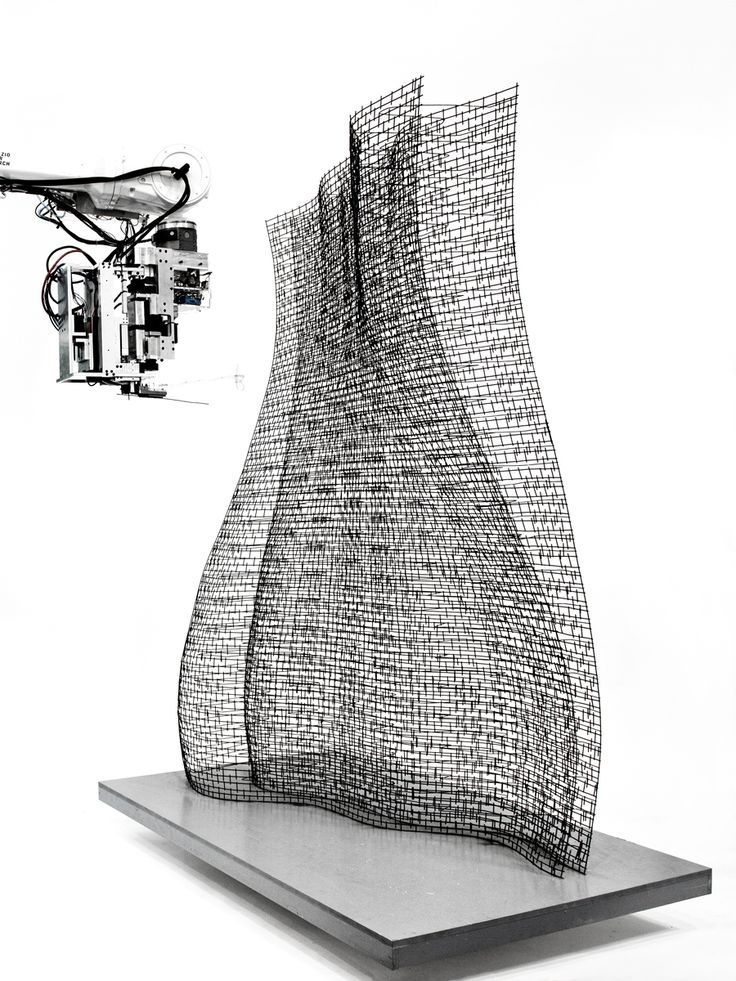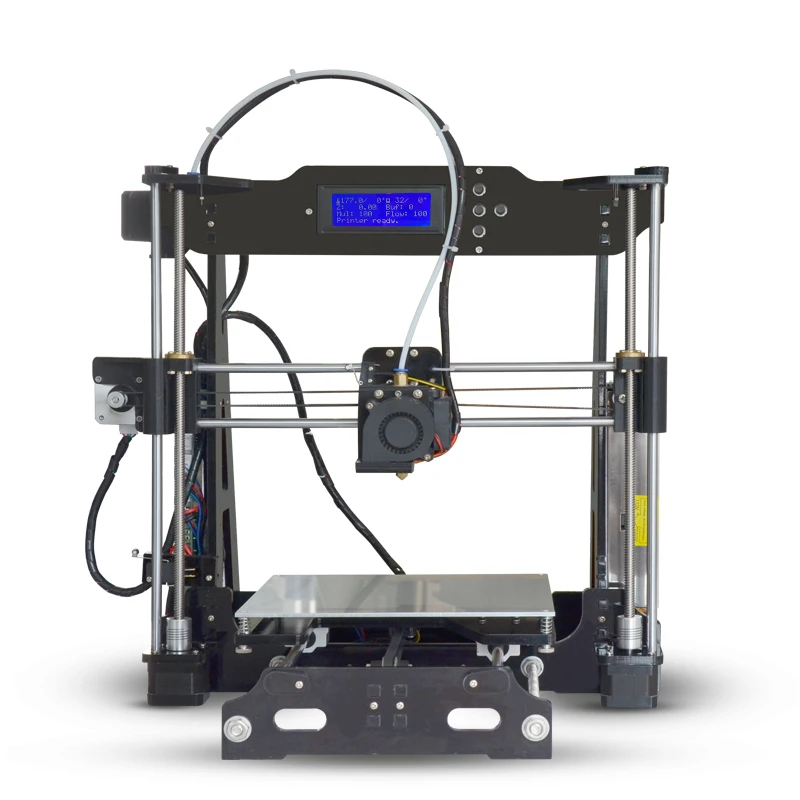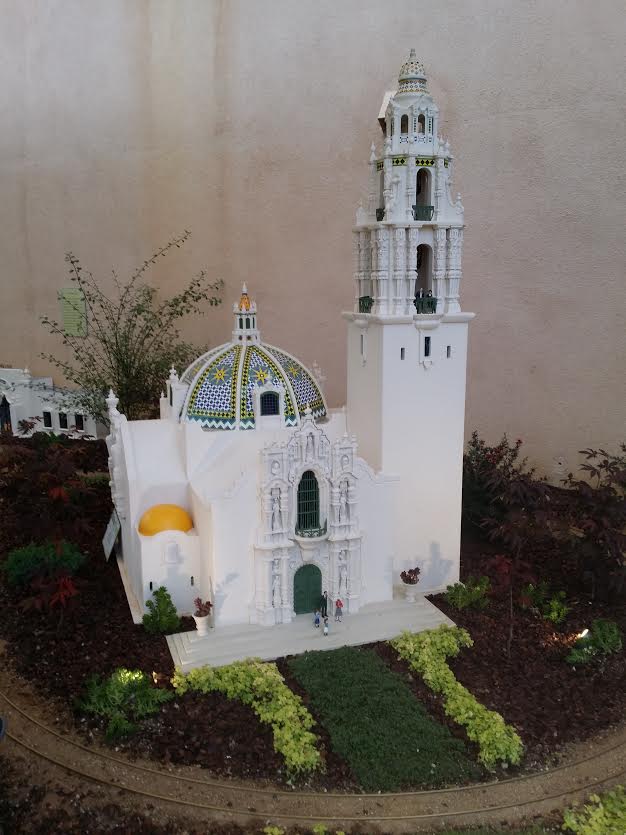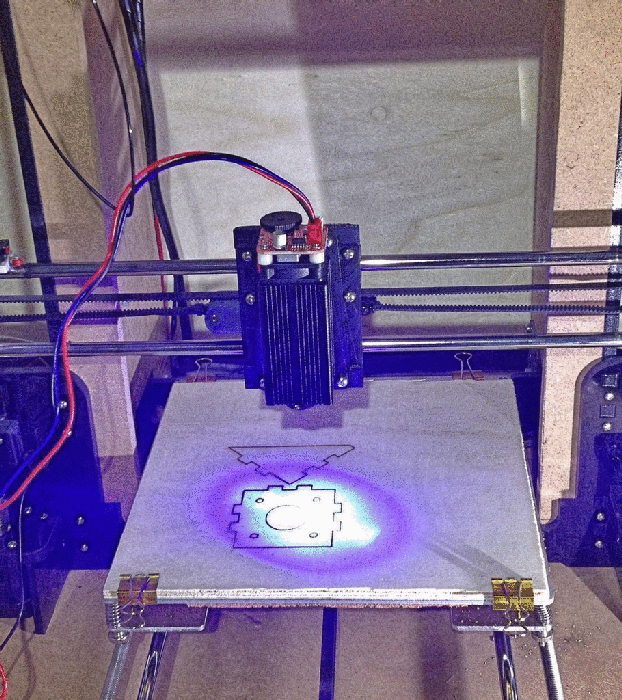Method x 3d printer
The MakerBot METHOD Platform - 3D Printers with Limitless Possibilities
]
Contact your local reseller for a quote.
Service partners
]
Contact your local reseller for a quote.
Service partners
3D PRINTERS
Reliable 3D printers built for your toughest jobs
MATERIALS
Print complex mechanical assemblies with real production materials
SOFTWARE
A connected software ecosystem that scales with your business.
1 Platform, 3 out-of-box Setups
Replace metal parts and assemblies with 3D printed Carbon Fiber and dissolvable supports
Print manufacturing tools and production parts to spec with real manufacturing grade materials
An intuitive prototyping 3D printer at an affordable price
Compare METHOD Printers
1 Platform, 3 out-of-box Setups
Replace metal parts and assemblies with 3D printed Carbon Fiber and dissolvable supports
Best for
Prototypping, end-use parts
Included Extruders
1C, 2A, 2XA
Featured material
Nylon 12 Carbon Fiber
Print manufacturing tools and production parts to spec with real manufacturing grade materials
Best for
Functional prototypes and manufacturing tools
Included Extruders
1XA, 2XA
Featured material
ABS-R [NEW]
An intuitive prototyping 3D printer at an affordable price
Best for
Concept models and prototyping
Included Extruders
1A, 2A
Featured material
PLA
Compare METHOD Printers
Use the same polymers, composites, and metals found in familiar manufacturing processes ーfrom injection molding to machiningー thanks to METHOD’s unique environmental control features.
Dissolve your backlog with
ABS RapidRinse [NEW]
WATCH THE VIDEO
With our proprietary RapidRinse™ support achieve incomparable ABS parts with unprecedented ease.
Forget the cumbersome wash tanks and chemicals, RapidRinse™ dissolves in pure tap water so it’s easy to use in just about any environment.
Prototype and produce in the most popular polymers from PLA to ABS
Produce tools and end parts with improved strength, stiffness, and heat-deflection
Print real metal components and tools when nothing else will do
Print parts true-to-design with unlimited geometric freedom and easy post-processing
PRINT ANY 3RD-PARTY MATERIAL WITH METHOD AND LABS
Add the LABS GEN2 experimental extruder to any METHOD for unbridled 3rd party material printing.
Available on:
The 2022 Guide to 3D Printing Materials
From individual users, to small local teams, to large organizations working around the globe, the METHOD Platform, powered by MakerBot CloudPrint™ software ensures a seamless and scalable 3D printing experience.

METHOD 3D PRINTERS
Unlock innovation with the most advanced professional 3D printing platform available for your
METHOD 3D PRINTERS
Unlock innovation with the most advanced professional 3D printing platform available for your
Patented VECT™ 110 (Variable Environmental Controlled Temperature) Thermal Regulation evenly heats and controls the print environment leading to parts that are 2x stronger on the z-axis, and 2x more accurate across the board.
Maximum temperature:
110° C
110° C
Print Metals, Composites, and Polymers and infinite 3rd party options with 6-in-1 Modular Performance Extruders for METHOD X.
Safety in the workplace is our priority. Clean Air™ utilizes both a HEPA filter for protection against Ultra Fine Particles (UFPs) and an Activated Carbon filter for protection against Volatile Organic Compounds (VOCs) - leaving your environment as clean - if not cleaner than before.

Available on:
Included Extruders:
Model Extruder 1
Support Extruder 2
Model Extruder 1XA
Support Extruder 2XA
Model Extruder 1C
Support Extruder 2A
Support Extruder 2XA
Compatible Extruders:
Model Extruder 1
Support Extruder 2
Model Extruder 1C
LABS GEN2 Extruder
Model Extruder 1
Model Extruder 1XA
Support Extruder 2
Support Extruder 2XA
Model Extruder 1C
LABS GEN2 Extruder
Model Extruder 1
Model Extruder 1XA
Support Extruder 2A
Support Extruder 2XA
Model Extruder 1C
LABS GEN2 Extruder
Maximum VECT Chamber Temperature:
Maximum Temperature
110° C
Maximum Temperature
110° C
Maximum Temperature
Maximum Extruder Temperature:
300° C
Maximum Temperature
300° C
Maximum Temperature
300° C
Maximum Temperature
Build Volume Dual Material:
15.
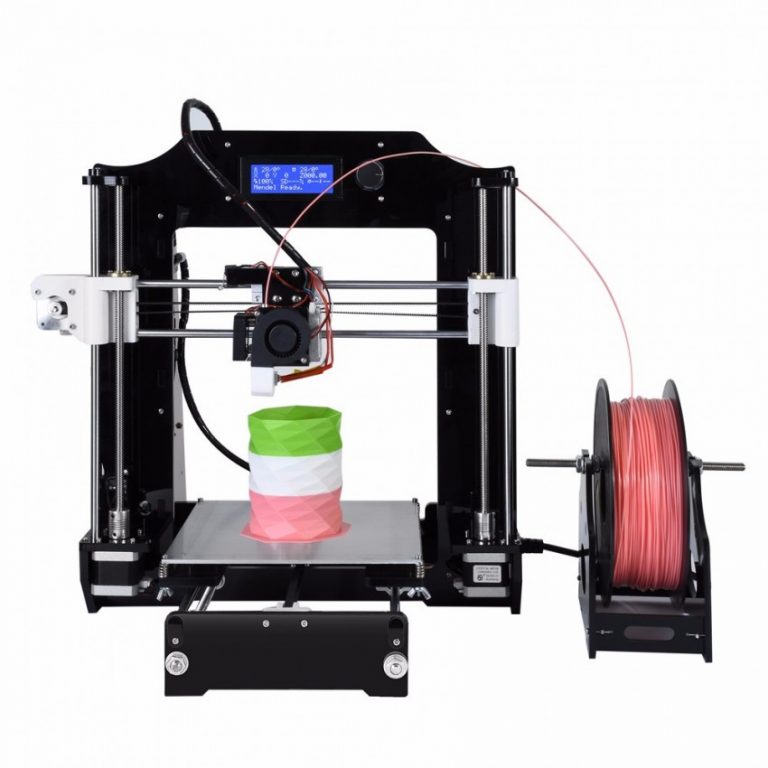 2 L x 19 W x 19.6 H cm
2 L x 19 W x 19.6 H cm 6.0 L x 7.5 W x 7.75 H in
15.2 L x 19 W x 19.6 H cm
6.0 L x 7.5 W x 7.75 H in
15.2 L x 19 W x 19.6 H cm
6.0 L x 7.5 W x 7.75 H in
Build volume Single Material
19 L x 19 W x 19.6 H cm
7.5 L x 7.5 W x 7.75 H in
19 L x 19 W x 19.6 H cm
7.5 L x 7.5 W x 7.75 H in
19 L x 19 W x 19.6 H cm
7.5 L x 7.5 W x 7.75 H in
Compatible materials:
PETG CF
Metal UF 316L
Nylon CF
Nylon 12 Carbon Fiber
SEBS 95A
PETG ESD
PETG CF
ABS-R [NEW]
ABS Carbon Fiber
ABS EC
ABS ESD
ABS Kevlar
Metal UF 316L
N6 Carbon Fiber
N12 Carbon Fiber
SEBS 95A
Durabio
PC-ABS
PC-ABS FR
PC PBT
Polylite
Polymax PC
Polymax FR
PETG ESD
PETG CF
ABS-R [NEW]
ABS Carbon Fiber
ABS EC
ABS ESD
ABS Kevlar
Metal UF 316L
N6 Carbon Fiber
N12 Carbon Fiber
SEBS 95A
Durabio
PC-ABS
PC-ABS FR
PC PBT
Polylite
Polymax PC
Polymax FR
Support materials:
RapidRinse [NEW]
RapidRinse [NEW]
Compare 3D Printers
Included Extruders:
METHOD: 1A, 2A
METHOD X: 1XA, 2XA
METHOD X Carbon Fiber: 1C, 2A, 2XA
Compatible Extruders:
METHOD (4 total): 1A, 2A, LABS GEN2, 1C
METHOD X (6 total): 1A, 2A, 1C, 1XA, 2XA, LABS GEN2,
METHOD X Carbon Fiber (6 total): 1C, 1A, 2A, 1XA 2XA, LABS GEN2
Build Volume [Single Material] :
METHOD: 19 L x 19 W x 19.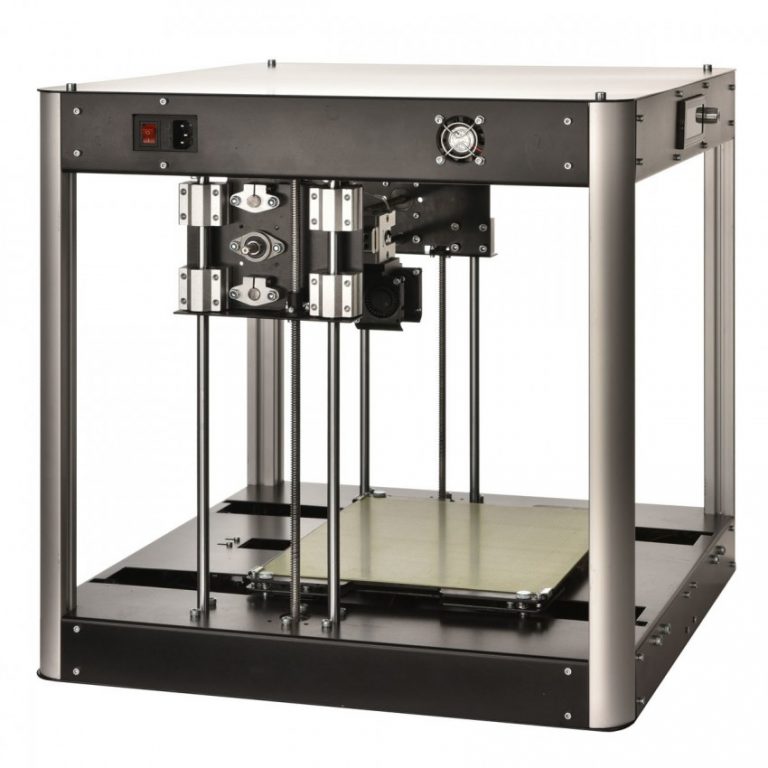 6 H cm
6 H cm
METHOD X: 19 L x 19 W x 19.6 H cm
METHOD X Carbon Fiber: 19 L x 19 W x 19.6 H cm
Build Volume [Dual Material] :
METHOD: 15.2 L x 19 W x 19.6 H cm
METHOD X: 15.2 L x 19 W x 19.6 H cm
METHOD X Carbon Fiber: 15.2 L x 19 W x 19.6 H cm
Maximum VECT Chamber Temperature:
METHOD: 65° C
METHOD X: 110° C
METHOD X Carbon Fiber: 110° C
TRUSTED BY INDUSTRY LEADERS
“Not only was it extremely valuable for us to make on-demand custom parts for what we needed to keep our operations going, but we were able to implement 3D printing for our customers and their needs."
- Gary Kuzmin, CEO
WATCH THE VIDEO
TRUSTED BY INDUSTRY LEADERS
“Not only was it extremely valuable for us to make on-demand custom parts for what we needed to keep our operations going, but we were able to implement 3D printing for our customers and their needs."
- Gary Kuzmin, CEO
Request a Quote
METHOD X 3D Printer | MakerBot
Customize MakerBot Method X 3D PrinterAdd On Choose Quantity
Printer
MakerBot METHOD X 3D Printer + $4,874.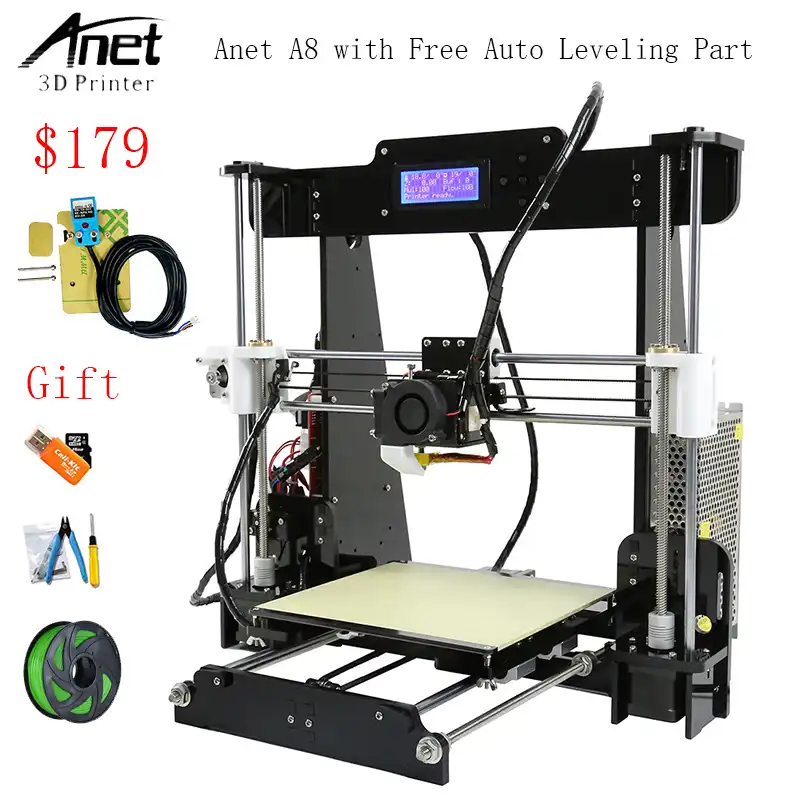 25
25
Quantity
ABS-R and RapidRinse Starter Kit
1 x MakerBot METHOD X RapidRinse Filament (0.45kg, 1lb) + $119.00
1 x MakerBot METHOD X ABS-R Filament Black (0.65kg,1.43lb) + $69.00
Print Third Party Materials with the LABS Gen 2 Extruder
1 x MakerBot Labs Gen 2 Experimental Extruder for Method + $349.00
MakerCare Extended Warranty
None
MakerCare Extended Service Plan for MakerBot METHOD - 1 Year + $1,099. 00
00
MakerCare Extended Service Plan for MakerBot METHOD - 2 Year + $1,499.00
MakerCare Extended Service Plan for MakerBot METHOD - 3 Year + $2,199.00
Quantity
Extruders
1 x Composite Extruder for MakerBot METHOD + $499.00
1 x Model 1XA Extruder for MakerBot METHOD X + $329.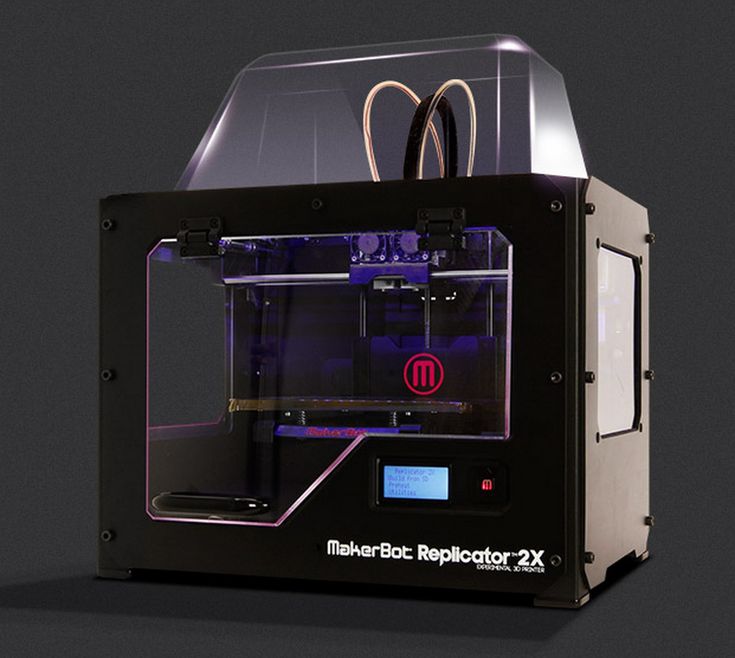 00
00
1 x Model 1A Extruder for MakerBot METHOD + $329.00
1 x Support 2A Extruder for MakerBot METHOD + $329.00
1 x MakerBot Labs Gen 2 Experimental Extruder for Method + $349.00
Material
1 x MakerBot METHOD X RapidRinse and ABS-R Filament 9 Pack (6 ABS-R, 3 RapidRinse) + $839.00
1 x MakerBot METHOD X PC-ABS Filament Black (.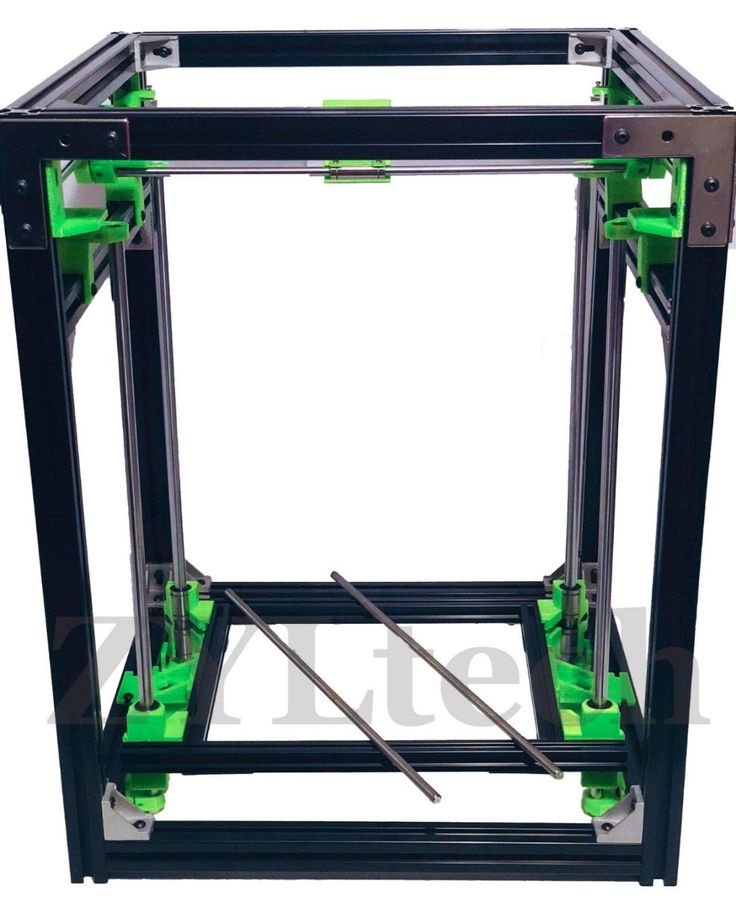 63kg, 1.39lb) + $82.00
63kg, 1.39lb) + $82.00
1 x MakerBot METHOD X ASA Filament Black (.65kg, 1.43lb) + $72.00
1 x MakerBot METHOD Nylon Filament Black (.69kg, 1.54lb) + $72.00
1 x MakerBot METHOD X Filament 3 Pack (3 SR-30) + $339.00
1 x MakerBot METHOD X Filament 9 Pack Mixed (6 ABS, 3 SR-30) + $730.00
1 x MakerBot METHOD Nylon 12 Carbon Fiber Filament Black (.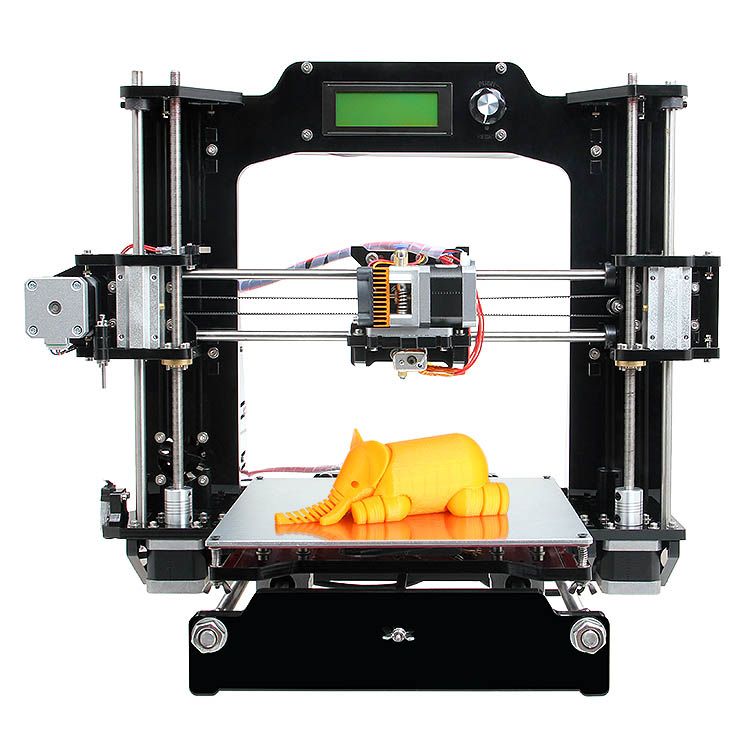 50kg, 1.1lb) + $104.00
50kg, 1.1lb) + $104.00
Base Stations and Wash Tanks
1 x MakerBot METHOD Wash Tank + $3,500.00
1 x Ecoworks Cleaning Agent (24 Pack) + $168.00
1 x METHOD Performance Base Station + $2,395.00
1 x MakerBot Clean Air System for Method + $899.00
* Required Fields
3D Printing Methods - RoboCraft
Consider popular 3D printing technologies:
* melted plastic printing,
* powder,
* laser sintering,
* photopolymer.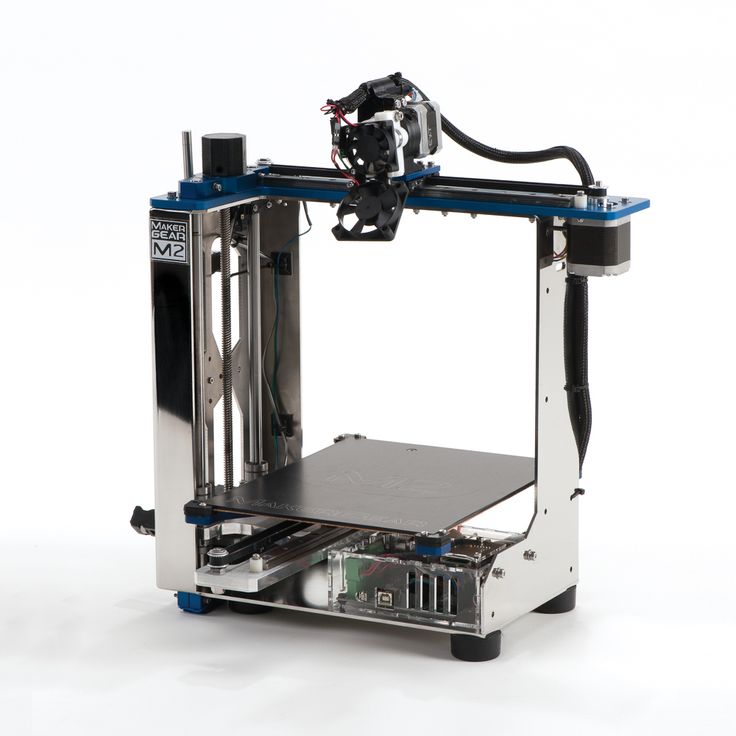
Molten Material (Plastics) Printing
This seems to be the easiest and therefore the most popular method among hobby 3D printers.
http://www.youtube.com/watch?v=FY4KoT7-vwk
How it works: The 3D printer is a 3-axis machine, the print head is fixed on the machine's coordinate system. The print head moves along the X / Y coordinates, the molten plastic is squeezed out of the thin (0.25-0.75mm) nozzle and solidifies. After printing the current layer, the printer changes the Z coordinate (lowers the platform / raises the head) and prints the next layer.
This type of seal resembles the work of a glue gun: a plastic rod is pushed from one end of the gun, and at the other end it is heated to a fluid state and squeezed into the glued area.
The printhead of the printer consists of two parts, which are usually sold separately - extruder (wade`s extruder) and hot tip (hot end)
extruder consists of a body, drive gears, stepper motor, and feed bolt (hobbed bolt) mounted on bearings.
Simple operation: the bolt rotates, crosscuts into the bar and pushes it into the hot tip
hot tip device:
nozzle (nozzle), usually made of brass - calibrated with a hole 0.25 / 0.35 / 0.5 (typical) / 0.75, available for 3 mm and 1.75 mm rod
nozzle heats the heating element (heated) - previously used nichrome wire, and now more often a ceramic resistor.
heater with nozzle is controlled by a thermal sensor (termal sensor).
So that after printing the melted bar does not stick in the feeder to the nozzle, this feeder is made of Teflon ( PTFE (Teflon) tubing )
An important difference between printers
m axes,
* how the material is fed,
* whether the stage is heated or not,
* whether printing is supported by 2 materials.
Printers of the RepRap family move the head only along the X axis. The platform with the object moves along the Y axis. The structure of the print head and the drive along the X axis move along the Z axis. It is not entirely clear why this type of movement was chosen, because due to the movement of such a mass, the accuracy and speed of printing suffer.
It is not entirely clear why this type of movement was chosen, because due to the movement of such a mass, the accuracy and speed of printing suffer.
In Ultimaker and the latest version of Makerbot, the printer's print head moves along two axes (X/Y) at the top of the machine, and the platform with the product descends gradually down (along the Z axis). This achieves high quality and printing speed (can be up to 10 times faster than RepRap Mendel).
In addition to the usual schemes inherited from CNC machines, there are experiments with delta robots.
Plastic
Different plastics are used for printing. The most popular are ABS, from which most toys are made, and PLA, a biodegradable plastic used for packaging and disposable tableware, as well as PCL.
Additionally, special types of blades are used, which dissolve in water (PVA) or a special solvent. With such plastic, auxiliary structures can be printed, which are removed at the end.

Dual-extruder printer is used for dual-color or single-color printing with support material. To date, this technology has not yet been worked out in amateur printers. The STL format, chosen as the standard by hobbyists, does not support multiple colors.
Plastic for printing is sold in coils in the form of a rod of various diameters (price is about $40-60 per kg). Different types of plastic (even the same type of plastic, but different colors) have a different operating temperature range. A temperature sensor is used to maintain the optimum temperature.
To ensure printing accuracy, the part must not move from its place, so it is made so that it sticks to the surface of the platform.
Since the plastic part is printed for a long time, it cools unevenly. Layers printed earlier cool earlier. Therefore, the part tends to deform (bend).
Also, on the one hand, the adhesion must be strong enough to prevent the parts from tearing off the platform when cooling, on the other hand, weak enough so that you can tear it off with your hands at the end of the process without damaging it.
Therefore, the platform for working with ABS plastic is made heated and thermal tape (kapton tape) is glued onto the platform.
In professional printers, the process generally takes place in a closed box, where a high temperature is maintained to ensure slow cooling and better plastic adhesion.
How about the weight strength of the resulting parts?
The weight is quite low and depends on the degree of filling of the inside.
For example, a complete set of parts for RepRap Prusa weighs less than 300 grams at 20% infill:
In terms of strength: there is a noticeable anisotropy - the part is very strong in two of the three directions. It's pretty flimsy between layers.
Powder Printing
This technology allows high-resolution multi-color printing and is used in ZCorp's professional printers.
How it works: finely dispersed powder is poured in a thin layer, then the layer is leveled, then the head goes and, like in an inkjet printer, pours the powder with a binder dyed in the desired color. Then everything repeats. At the end, the remaining powder is blown out and you're done. Additional material to support hanging elements is not required here - its role is played by powder, which evenly fills the container and serves as a support for subsequent layers. Printers cost from $15k (monochrome ZPrinter 150), color ZPrinter 250 - from $25k.
Laser sintering
The principle of operation is almost the same as powder printing. Only instead of a print head, a laser sintering powder is used instead of a binder.
In this way, you can make products from refractory materials, but you have to use a more powerful laser.
In 2011, Markus Kayser demonstrated a project for a solar 3D printer. Instead of sintering powder, he used sand in the desert, and instead of laser beams, he used a large Fresnel lens, which concentrated the sun into a point and melted the sand.

The author of the project acted as a filling and leveling device.
The printer's coordinate system and computer were powered by solar panels.
The result of the printer's operation is this cup:
Operation video:
Printing with photopolymer
Principle of operation: we project a section of the model onto the resin, and it freezes where it was illuminated. Raise the model, add resin, highlight the next cut, and so on.
This printing method is found both among amateurs and in laboratories due to the simplicity of the device and the accuracy of the result.
Cuvette with photopolymer and glass bottom, on which the projector projects the image from below (slices of the object). The software switches images on the projector and gradually raises the glass platform on which the object grows. As it is consumed, the photopolymer is added to the cuvette. From above, the apparatus is usually closed with a cap that does not transmit a certain spectrum in order to avoid parasitic illumination.
The software switches images on the projector and gradually raises the glass platform on which the object grows. As it is consumed, the photopolymer is added to the cuvette. From above, the apparatus is usually closed with a cap that does not transmit a certain spectrum in order to avoid parasitic illumination.
3D Printer High Resolution - DIY
There are many different photopolymers. They cost differently, have different activation times, and respond to different wavelengths of light. Therefore, when creating a printer, you must first select the material and the lamp for illumination. Instead of a projector, you can use a laser (a flashlight with a narrow beam) and a scanning system. Then the cut will need to be drawn with a laser, as in laser sintering technology.
The average price for consumables for such printers is about a few hundred dollars per liter ($300 per liter). But there is also a cheap option - about $ 20 per liter.
Highres 3d printer The workgroup of high resolution 3d printers developers
https://nano-cemms.illinois.edu/materials/3d_printing_full - a series of videos, the process of simple photopolymer 3D printing:
polymer is poured into a glass and ordinary the projector illuminates the polymer from above through a mirror. The platform on which the object is grown is attached to a small tripod and lowered into the glass. Manually on the projector, the pictures of the slices change and the platform gradually lowers. At the end of the process, the object is immersed in resin. Then it is removed, washed and dried. Printing occurs at a speed of several millimeters per hour.
Links
A brief excursion to 3D printing methods
3D Printer Reprap Mendel Prusa - Order experience/assembly
Learning to print in 3d
on the topic
Printrbot - new budget 3D printer 9000 .
Technologies
Selective Laser Sintering (SLS) 3D Printing Guide
Selective Laser Sintering (SLS) 3D printing is a technology trusted by engineers and manufacturers across industries to create durable and functional models .
In this detailed guide, we will explain selective laser sintering technology, the different systems and materials on the market, the workflow and different applications of SLS printers, and when to choose 3D printing with this technology over others. additive and traditional manufacturing methods.
White Paper
Looking for a 3D printer to create durable, functional models? Download our white paper to learn how selective laser sintering (SLS) technology works and why it is popular in 3D printing for functional prototypes and end-use products.
Download white paper
Selective laser sintering (SLS) is an additive manufacturing technology that uses a powerful laser to sinter fine polymer powder particles into a solid structure based on a 3D model.
SLS 3D printing has been popular with engineers and manufacturers for decades. With its low model cost, high productivity, and common materials, this technology is well suited for a wide range of applications, from rapid prototyping to low-volume production, limited trial runs, or custom-made products.
Recent advances in technology, materials and software have opened up the possibility of SLS printing to a wider range of companies. Previously, such tools were used only in a few high-tech industries.
Introducing the Fuse 1 high performance SLS 3D printer, finally available.
Webinar
Watch our product demo to learn about Fuse 1 and SLS 3D printing from Formlabs.
Watch webinar
Schematic representation of the selective laser sintering process. The SLS method uses a powerful laser to sinter small particles of polymer powder into a solid structure based on a 3D model.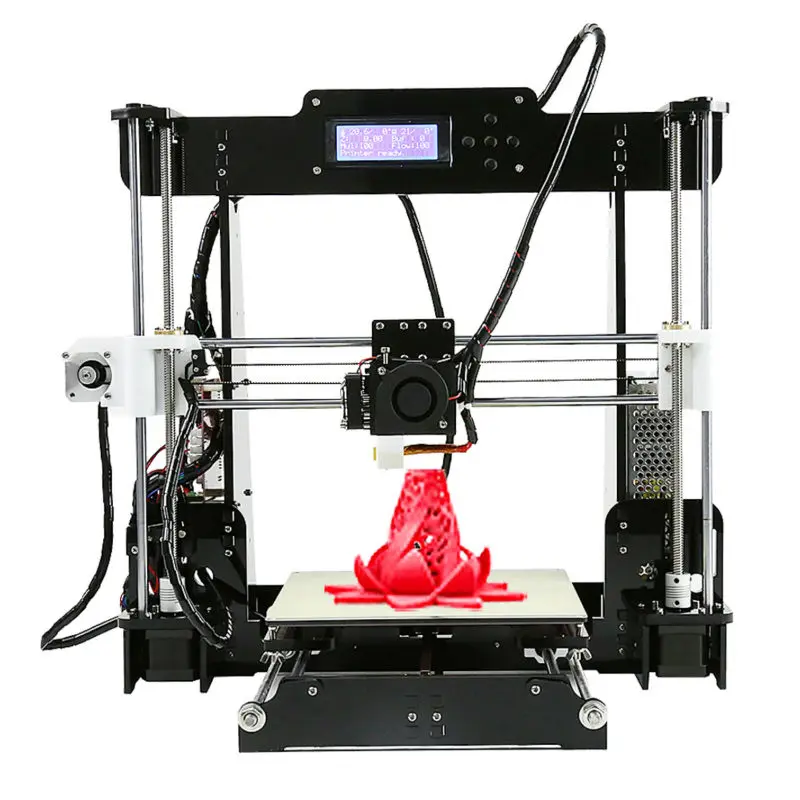
-
Seal: A thin layer of powder is applied to the top of the platform inside the working chamber. The printer preheats the powder to just below the melting point of the feedstock. This allows the laser to more easily raise the temperature of certain areas of the powder bed and monitor the solidification of the model. The laser scans the cross section of the 3D model, heating the powder to the material's melting temperature or just below. Particles are mechanically joined together to form a single solid object. The unsprayed powder supports the model during printing and eliminates the need for special support structures. The platform is then lowered into the working chamber one layer, typically 50-200 µm thick, and the process is repeated for each layer until the models are complete.
-
Cooling down: after printing and before post-processing, the build chamber should cool down a little in the printer body and then outside the body to ensure optimal mechanical properties of the models and avoid their deformation.
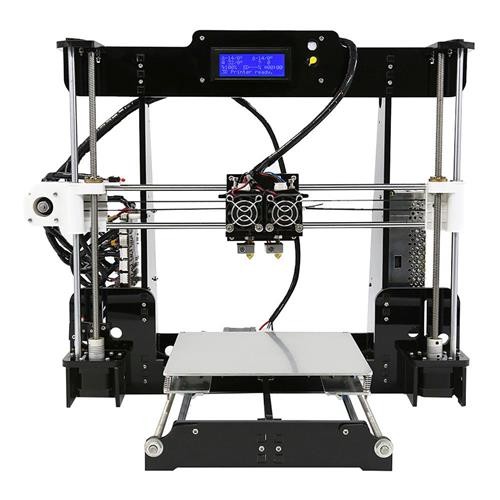
-
Post-processing: finished models must be removed from the working chamber, separated from each other and cleaned of excess powder. The powder can be recycled and printed models can be blasted or tumbled.
To learn more about the workflow, see the SLS 3D Printing Workflow section below.
Models created using SLS technology have a slightly grainy surface, but the layer lines are almost invisible. To achieve a smooth surface, SLS models are recommended to be blasted or tumbled. This sample was printed on a Fuse 1 industrial 3D printer with SLS technology for workshops from Formlabs.
The green powder supports the model during printing and eliminates the need for special support structures. This makes SLS ideal for complex geometries, including internal features, undercuts, thin walls, and negative draft features.
Models created using SLS 3D printing have excellent mechanical properties: their strength is comparable to that of injection molded models.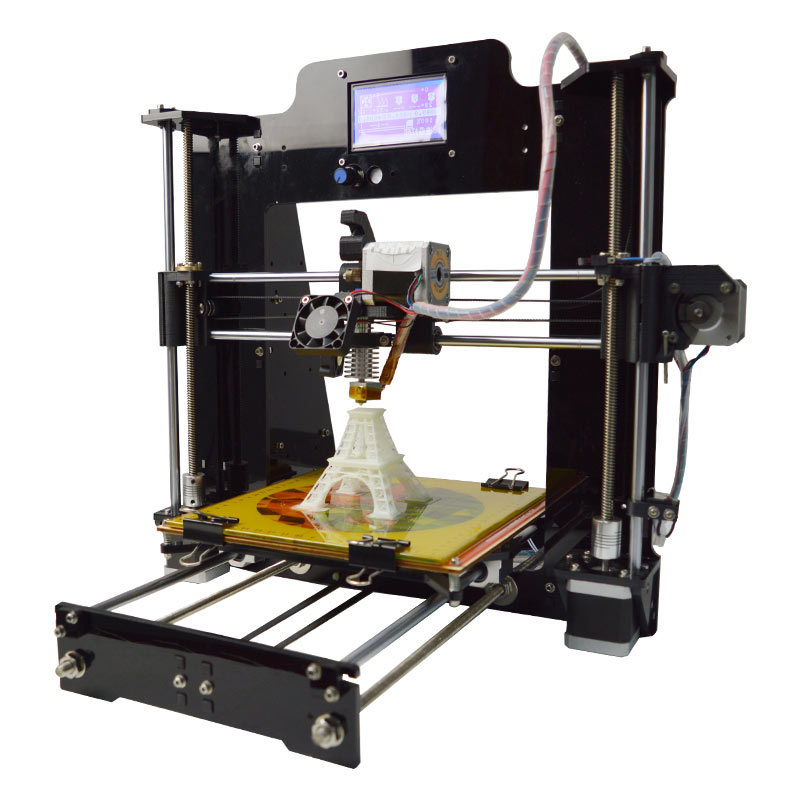
Compare Selective Laser Sintering (SLS) 3D printing with other common plastic modeling technologies: Fused Deposition Modeling (FDM) and Stereolithography (SLA).
Selective Laser Sintering (SLS) is one of the first additive manufacturing technologies developed in the mid-1980s by Dr. Carl Deckard and Dr. Joe Beeman at the University of Texas at Austin. Since then, the method has been adapted to work with a variety of materials, including plastics, metals, glass, ceramics, and various powdered composite materials. Today, all of these technologies are classified as wafer synthesis, additive manufacturing processes that selectively sinter regions of a powder layer under the influence of thermal energy.
The two most common substrate synthesis systems currently available are a plastic based method commonly referred to as Selective Laser Sintering (SLS) and a metal based method known as Direct Metal Laser Sintering (DMLS) or Selective Laser Melting (SLM). ). Until recently, both systems were very expensive and complex, which limited their use to the production of small batches of expensive models or custom-made products, such as aerospace components or medical devices.
Innovation in this area will make plastic-based SLS as affordable as other 3D printing technologies such as stereolithography (SLA) and Fused Deposition Modeling (FDM) and widely adopted in affordable, compact systems.
All selective laser sintering 3D printers use the process described in the previous section. Basically, such printers differ in the type of laser, the volume of printing and the complexity of the system. Different solutions are used for temperature control, powder dosing and layering in different devices.
Selective laser sintering technology requires high precision and strict control during the printing process. The temperature of the powder and (incomplete) models must be controlled within 2°C during the three stages of production: preheating, sintering and storage before extraction, in order to minimize warping, stress and thermal deformation.
For decades, selective laser sintering has been one of the most popular professional 3D printing technologies, but due to its complexity, strict requirements and high price, only service bureaus and large enterprises could use it.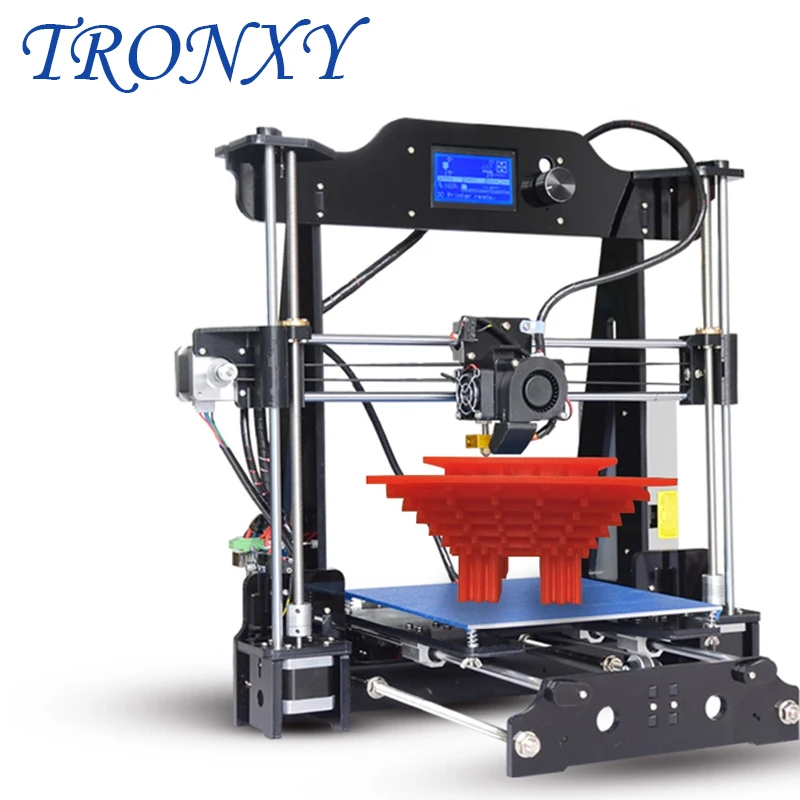
Conventional industrial SLS 3D printing systems have one or more powerful lasers. An inert atmosphere (nitrogen or other gases) is needed to prevent the powder from oxidizing and breaking down during the printing process, which requires specialized air handling equipment.
These installations also require special heating, ventilation and air conditioning (HVAC) systems and industrial power supply. In addition, even the smallest industrial installations occupy an area of at least 10 square meters. m.
Due to the high initial cost of approximately US$100,000 (and much more in the case of complete solutions), traditional industrial systems with SLS technology were out of reach for many enterprises.
As with other 3D printing technologies such as Fused Deposition Modeling (FDM) and Stereolithography (SLA), more affordable, compact systems with SLS technology have recently begun to appear on the market. However, these solutions had significant drawbacks. These include low quality models and complex manual workflows due to a lack of post-processing solutions. This severely limited their use in industrial production.
These include low quality models and complex manual workflows due to a lack of post-processing solutions. This severely limited their use in industrial production.
The Formlabs Fuse 1 printer is in a new category with these deficiencies fixed . It is the first industrial SLS 3D printer for the workshop, delivering high quality, compact size, streamlined workflow, and cost far less than traditional industrial systems of the same type.
The Fuse 1 printer does not require any special infrastructure and will easily fit into your workplace.
The Fuse 1 uses a single laser and has a smaller working chamber that requires less heat. The powder is exposed to elevated temperatures for a shorter period of time, so there is no need for inert gases and specialized ventilation equipment. Thanks to its lower power consumption, it can run on a standard AC power supply without requiring special infrastructure.
The Fuse 1 features patent pending Surface Armor technology. This creates a semi-baked shell that heats evenly around the models as they are printed. This results in excellent surface quality, stable mechanical properties, high reliability and a high material renewal rate.
This creates a semi-baked shell that heats evenly around the models as they are printed. This results in excellent surface quality, stable mechanical properties, high reliability and a high material renewal rate.
In addition to providing a compact, self-sufficient ecosystem and complete powder handling capability, Fuse 1 is complemented by the Fuse Sift Station, a separate stand-alone device for model retrieval, recovery, storage and powder mixing.
Overall, the Fuse 1 industrial 3D printer with SLS for workshops has slightly less print volume than traditional entry-level SLS systems, but is smaller, easier to work with and less expensive.
| Fuse 1 Industrial SLS Workshop Printer | Conventional SLS Industrial 3D Printers | Cost 9 | ||||||
|---|---|---|---|---|---|---|---|---|
| from 18,500 US dollars | 100 000 - 500,000 US dollars and more than | |||||||
| Press volume | to 165 x 165 x 300 mm | to 550 x 550 x 750 mm 70268 | 9026LA Benefits | Availability High quality models High performance Simplified workflow Compact dimensions Low maintenance | High print volume High quality models High performance Many material options | |||
| Disadvantages | Less print volume Limited material options | Expensive equipment Big sizes Infrastructure Requirements Large amount of maintenance Special Operator Required |
The most common selective laser sintering (SLS) material is nylon. It is a high performance engineering thermoplastic for both functional prototyping and end-use fabrication. Nylon is ideal for the production of complex knots and strong models with high environmental resistance.
It is a high performance engineering thermoplastic for both functional prototyping and end-use fabrication. Nylon is ideal for the production of complex knots and strong models with high environmental resistance.
3D printed SLS nylon for strength, rigidity and durability. The final models are impact-resistant and highly wear-resistant. Nylon is resistant to UV, light, heat, moisture, solvents, temperature and water. Nylon models printed on a 3D printer are also biocompatible and do not cause allergic reactions. This means that they can be worn and used safely in many situations.
Nylon is ideal for a range of functional applications, from consumer product design to healthcare applications.
Nylon is a synthetic thermoplastic polymer from the polyamide family. It is available in several versions, each designed to print different products. Nylon 12 Powder has a wide range of applications and is a general purpose, general purpose SLS 3D printing powder. Nylon 12 GF Powder is a composite material with a high fiber content, increased stiffness and heat resistance for difficult industrial conditions. Nylon 11 Powder helps fill a gap in prototyping and end-use applications where increased ductility, impact resistance and the ability to withstand wear without brittle fracture are required.
Nylon 11 Powder helps fill a gap in prototyping and end-use applications where increased ductility, impact resistance and the ability to withstand wear without brittle fracture are required.
- Impact proof prototypes, fixtures and fittings
- Thin-walled pipes and bodies
- Rivets, fasteners and latches
- Orthopedic products and prostheses*
- High Performance Prototyping
- Small batch production
- One-piece clamping and holding fixtures and tooling
- Conventional SLS Models
- Strong clamping and fastening devices and spare parts
- Continuous models
- Threads and sockets
- High temperature models
* Material properties may vary depending on model design and manufacturing method. It is the manufacturer's responsibility to confirm the suitability of printed models for their intended use.
| 40% | |||
| Extension when rupture, Z (%) | 6% | 3% | |
|---|---|---|---|
| SCDARE ONEDOUS with a cut | 32 J/m | 9267 32 J/m 902671 J/m | |
Temperature bending under load at 1. 8 MPa (°C) 8 MPa (°C) | 87 °C | 113 °C | 46 °C |
| 170°C | 171°C | 182 °C |
Nylon 12 Powder and Nylon 11 Powder are one-component powders, but some SLS 3D printers can also use two-component powders, such as coated powders or powder blends.
Nylon 12 GF Powder is a composite material with a high fiberglass content, while other nylon composites with aluminide, carbon or glass are designed to increase the strength, stiffness or flexibility of models. In such two-component powders, only the component with the lower glass transition point is sintered, which binds both components.
SLS 3D printing accelerates innovation and helps businesses in a wide range of industries such as engineering, manufacturing and healthcare.
Manage the entire product development process, from iteration of first concept design to production of ready-to-use products:
- Rapid Prototyping
- Product mockups for user feedback
- Functional Prototyping
- Functional testing of products under severe conditions (e.
 g. piping, brackets)
g. piping, brackets)
Manage your supply chain and respond quickly to changing needs:
- End-Use Manufacturing
- Small batch production
- Mass production of new customized consumer products
- Spare parts manufacturing, supply chain sustainability
- Durable, durable clamping and fastening devices (such as clamps and clamps) and accessories
- Custom manufacture of automotive, motorcycle, and marine parts, and restock military items on demand
Self-manufacturing of ready-to-use medical devices, taking into account the individual characteristics of patients:
- Prototyping of medical devices
- Prostheses and orthotics (e.g. prosthetic limbs and orthoses)
- Surgical models and instruments
- End use products (nylon 12 biocompatible and sterilizable*)
* Material properties may vary depending on model design and production method. It is the manufacturer's responsibility to confirm the suitability of printed models for their intended use.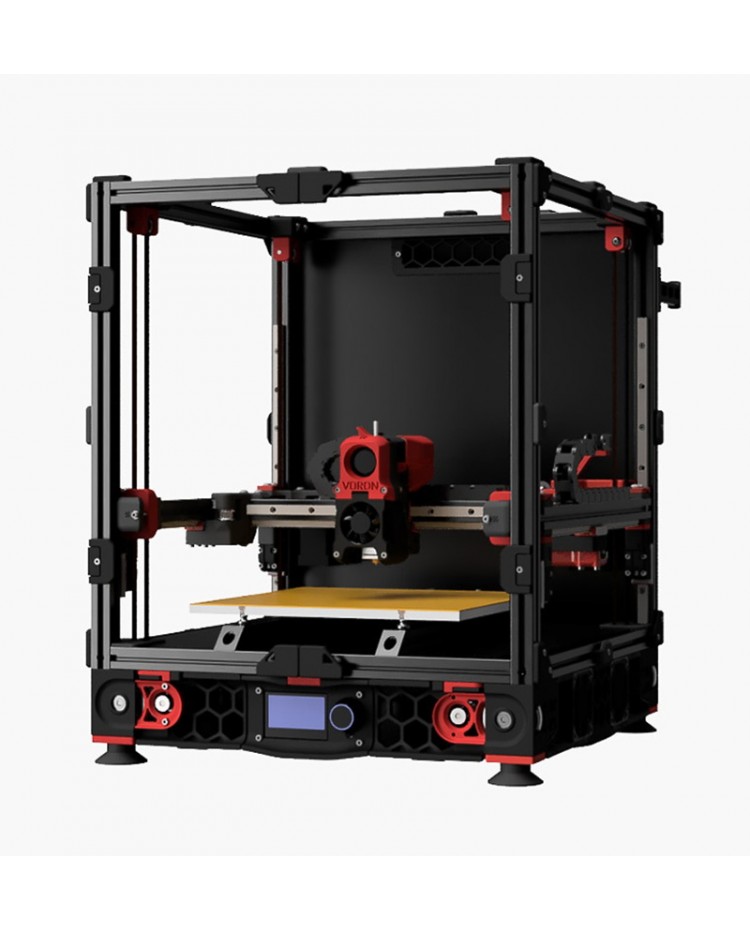
Use any CAD software or 3D scan data to design the model and export it to a 3D printable format (STL or OBJ) file. All printers with SLS technology use software that allows you to adjust settings, position models, estimate print times, and layer your digital model. Once set up, the model preparation software sends commands to the printer via a wireless or cable connection.
The Fuse 1 uses PreForm print preparation software (free download). It allows you to easily duplicate and place multiple models on a 3D grid to maximize your print volume. PreForm automatically suggests the optimal orientation and position of models with the ability to make manual changes.
The workflow for preparing the printer varies from system to system. Most traditional SLS systems require extensive training, tools, and physical actions to prepare and maintain them.
Fuse 1 redefines the SLS workflow, making it simple and efficient, as well as providing trouble-free printing and complete powder handling thanks to modular components.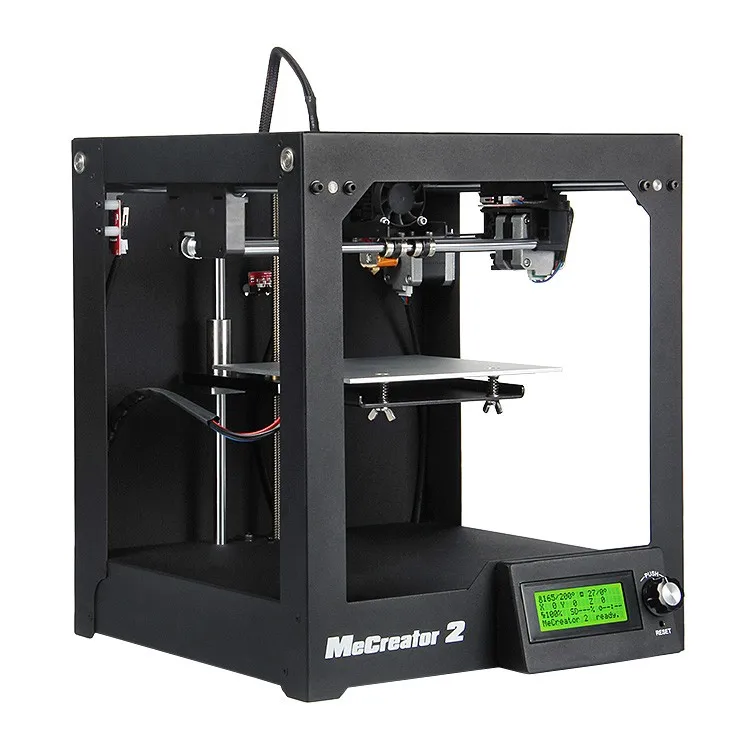
The Fuse 1 can be easily loaded with powder using a special cartridge.
The Fuse 1 uses a detachable build chamber so you can start a new print while the previous build chamber is still cooling.
Once all pre-checks have been completed, the machine is ready to print. Depending on the size and complexity of the 3D models, as well as their density, printing using SLS technology can take from several hours to several days.
When printing is complete, the build chamber in the housing should cool down a bit before proceeding with the next steps. To start the next print, you can remove the build chamber and insert a new one. Before post-processing, the working chamber must cool down to ensure optimal mechanical properties of the models and avoid their deformation. This can take up to half of the total print time.
Fuse 1 is equipped with a touch screen that allows you to see in real time how each new layer is formed during the printing process. This camera image can also be transferred to a computer using PreForm to monitor the print without leaving the workplace.
Compared to other 3D printing processes, post-processing of SLS-printed models requires minimal time and effort. With no supporting structures, it is easy to scale and provides consistent results across batches of models.
After printing is completed, remove the finished models from the build chamber, separate them and clean them of excess powder. As a rule, this is done manually at the cleaning station using compressed air or a jet apparatus.
The excess powder left after the creation of the model is filtered to remove large particles from it. After that, it can be recycled. Under the influence of high temperature, the properties of green powder deteriorate slightly, so for subsequent printing it must be mixed with new material. Due to the possibility of reusing materials, SLS technology produces a minimum amount of waste.
SLS technology typically uses separate devices for powder recovery, storage and mixing. The Fuse 1 workflow uses a single Fuse Sift to retrieve patterns and greens, store, dispense, and mix material streams.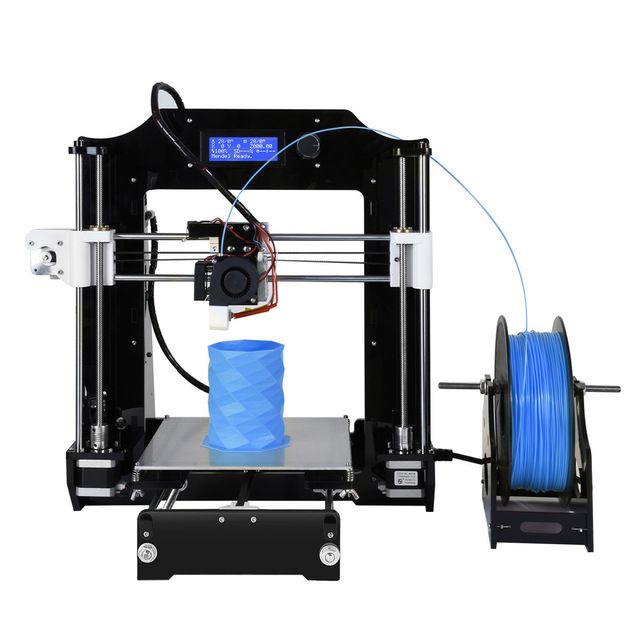
Fuse Sift completes the Fuse 1 SLS print workflow. This system is used for safe and efficient model retrieval and powder recycling.
Fuse Sift automatically doses and mixes used and new powder, reducing waste and controlling powder delivery.
After the powder has been sieved, the 3D models printed using selective laser sintering technology are ready for use. However, there are a few more post-processing steps you can perform on these models.
By default, the surface of 3D models created using SLS technology remains grainy. To achieve a smooth surface, Formlabs recommends blasting or tumbling models made using this method. Models can be spray painted, lacquered, electroplated or otherwise to achieve the desired color, surface quality and properties such as water resistance (special coating) and electrical conductivity (electrolytic coating). Models created with SLS Formlabs are dark in color and therefore not well suited for staining.
Immersion printed SLS model from Partial Hand Solutions.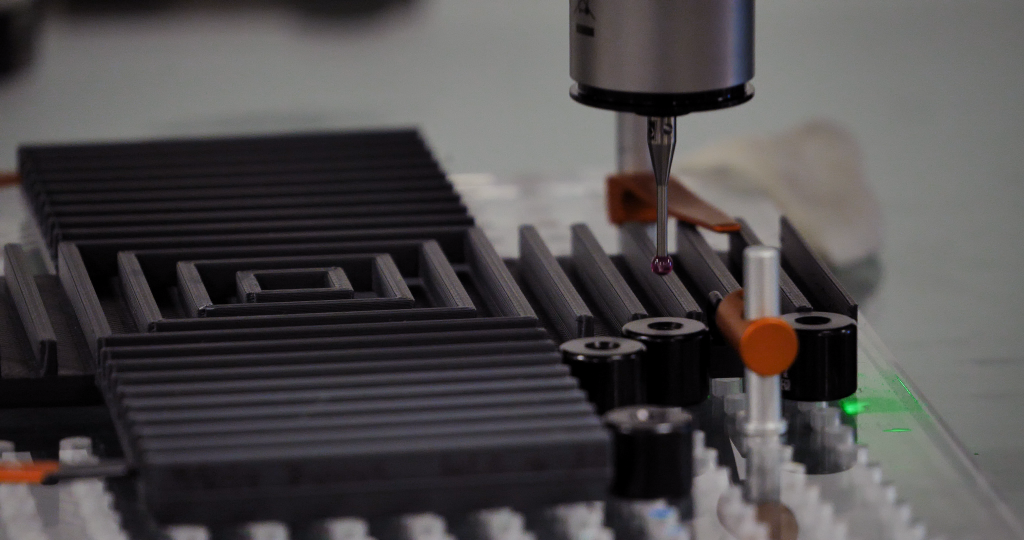
SLS models can be electroplated for a metal-like surface.
Selective laser sintering is preferred by engineers and manufacturers for its wide design options, high productivity, low model cost and proven end use materials.
Most additive manufacturing processes such as stereolithography (SLA) and deposition modeling (FDM) require specialized support structures to fabricate overhang structures.
Selective laser sintering does not require support structures because the unsintered powder surrounds the model during printing. SLS printing makes it easy to create overhangs, intricate geometries, interconnecting parts, internal channels and other intricate details.
Intricately patterned arm splint for weight reduction.
Engineers typically design models to meet the capabilities of the final manufacturing process, also known as design-to-technology (DFM). When additive manufacturing is only used for prototyping, it comes down to creating models and designs that can be replicated in the manufacturing process using traditional tools.
Selective laser sintering is emerging as a viable rapid manufacturing method and its application area continues to expand, so it can open up new possibilities in design and construction. 3D printers with SLS technology can create complex geometries that are impossible or incredibly expensive to manufacture using traditional processes. SLS technology also allows design professionals to combine complex assemblies into a single model that would normally require multiple models to be created. This helps avoid the problem of loose connections and saves assembly time.
Selective laser sintering can unleash the potential of generative design, as it allows the creation of lightweight models that use complex lattice structures that cannot be fabricated by traditional methods.
Selective laser sintering is the fastest additive manufacturing technology for making functional, durable prototypes and end-use products. Lasers used for powder sintering have much faster scanning speeds and are more accurate than the layering methods used in other processes such as Industrial Fused Deposition Modeling (FDM).
To maximize the available print volume in each printer, multiple models can be placed side by side. Operators can use the software to optimize print volume and maximize productivity by leaving only minimal clearance between models.
SLS technology allows operators to fill the build chamber with as many models as possible, as it allows them to be printed without supporting structures, saving time in post-processing.
SLS 3D printing requires the right materials for functionality and versatility. Nylon and its composites are proven, high quality thermoplastic materials. Laser-sintered nylon models have close to 100% density and mechanical properties that are comparable to products made using traditional manufacturing methods such as injection molding.
Screwdriver printed in Nylon 12 Powder. After a simple post-processing, nylon models have a smooth, professional quality surface.
SLS Printable Nylon is an excellent replacement for conventional injection molded plastics.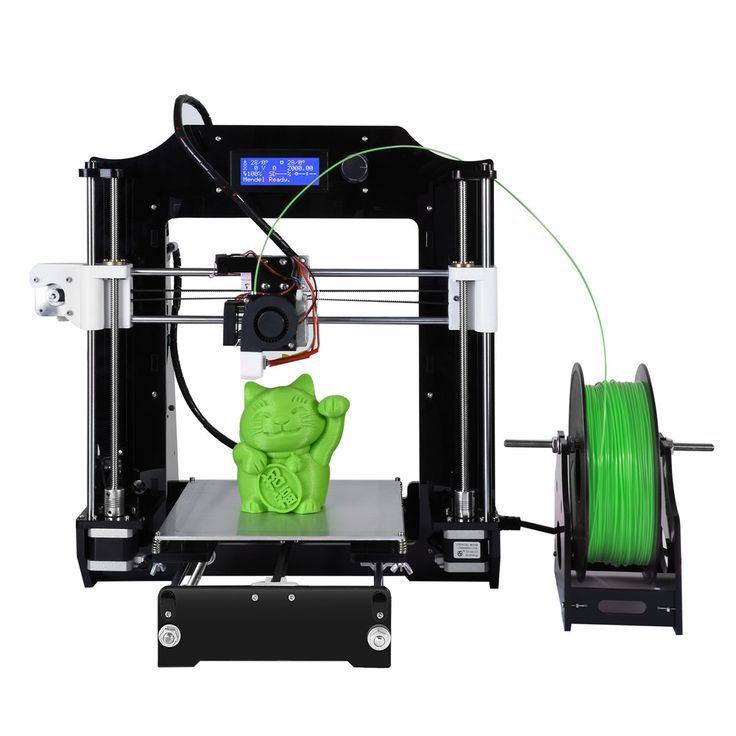 The latches and other mechanical connections produced from it are superior to products created using any other additive manufacturing technology. It is ideal for making functional plastic parts that will work and not break down over time like products created through other additive manufacturing methods.
The latches and other mechanical connections produced from it are superior to products created using any other additive manufacturing technology. It is ideal for making functional plastic parts that will work and not break down over time like products created through other additive manufacturing methods.
When calculating the cost of one model, it is usually necessary to take into account the cost of ownership of equipment, material costs and labor costs:
-
Equipment cost of ownership: The more models a printer can produce over its lifetime, the lower the cost per model. Therefore, higher performance results in a lower cost of ownership per model. With high laser scanning speeds, the ability to produce multiple models at once to maximize the working volume, and a simple post-processing process, SLS 3D printing guarantees the highest productivity of any additive manufacturing method.
-
Material: Most 3D printing technologies use proprietary materials, while nylon is a common thermoplastic that is produced in large quantities for industrial applications.
 This makes it one of the most inexpensive raw materials for additive manufacturing. SLS 3D printing requires no support structures and allows you to print with recycled powder with minimal waste.
This makes it one of the most inexpensive raw materials for additive manufacturing. SLS 3D printing requires no support structures and allows you to print with recycled powder with minimal waste. -
Labor: Labor is a disadvantage of many 3D printing solutions. Work processes in most technologies are quite laborious and difficult to automate, which can significantly affect the cost of one model. Easy post-processing with SLS printing reduces manual labor and allows for easy scalability.
A 3D printer with SLS technology is a significant investment initially, but this investment often pays off even faster than buying smaller devices. SLS for workshop technology significantly reduces initial acquisition costs and also reduces model costs in most applications.
If 3D printing is rarely used in your business, it is recommended to use the services of third-party service bureaus. But in this case, the cash costs will be higher and you will have to wait longer for the order to be completed.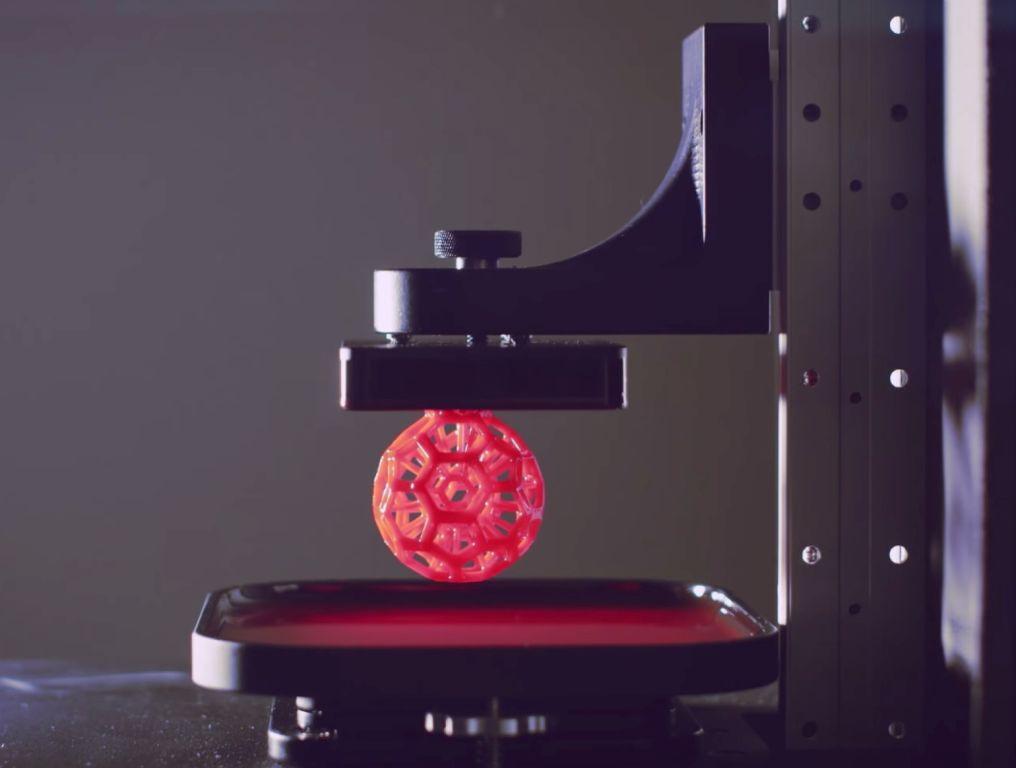 One of the main advantages of 3D printing is its speed compared to traditional production methods. But this advantage loses its value when it takes up to several weeks for a third-party company to deliver a model.
One of the main advantages of 3D printing is its speed compared to traditional production methods. But this advantage loses its value when it takes up to several weeks for a third-party company to deliver a model.
REEKON Tools



